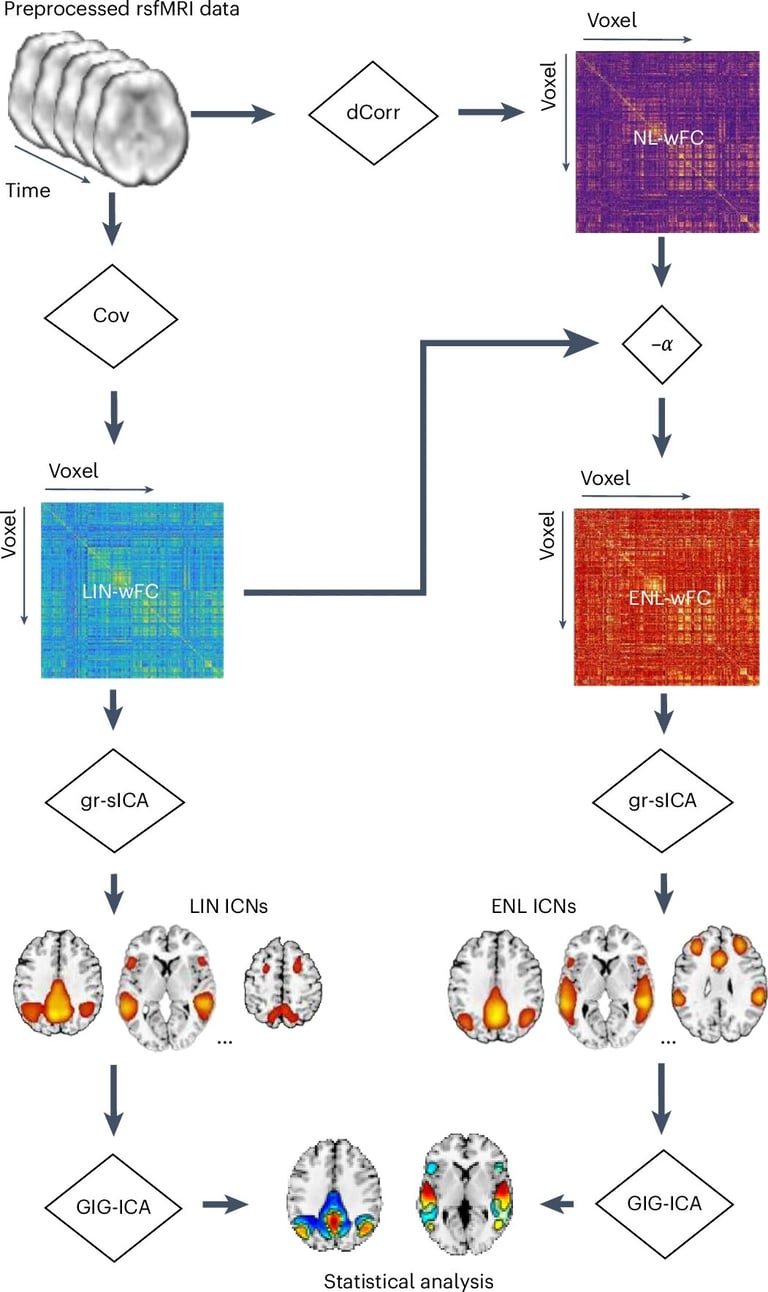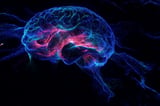New Study Reveals Hidden Brain Patterns in Schizophrenia, Opening Doors for Early Diagnosis and Treatment
November 21, 2024
A groundbreaking study from Georgia State University, published in the journal Nature Mental Health, reveals unique spatial variations in brain connectivity in patients with schizophrenia.
This research uncovers hidden brain network patterns using nonlinear connectivity, which traditional imaging methods often miss, providing new insights into brain pathways.
Lead principal investigator Armin Iraji emphasized that this study builds on a decade of research aimed at unlocking complex brain signals related to mental disorders.
Principal investigator Vince Calhoun noted that the research offers a fresh perspective on understanding fluctuations within functional brain networks.
Traditional fMRI studies typically focus on linear relationships in brain activity, often overlooking significant nonlinear patterns that can yield additional insights.
The researchers developed a novel method to extract maps of large-scale brain networks from these nonlinear patterns, revealing a previously unrecognized dimension of brain organization.
First author Spencer Kinsey highlighted that their study utilized statistical methods that extend beyond the conventional focus on linear connectivity patterns.
The findings suggest potential biomarkers for early diagnosis and targeted treatments for brain disorders, marking a significant advancement in understanding mental health.
Calhoun emphasized the importance of nonlinear relationships in neuroimaging, which could lead to structured spatial patterns indicating brain network function and dysfunction.
Using advanced statistical tools, the researchers uncovered new dimensions of brain organization that highlight disruptions in functional networks specific to schizophrenia.
The TReNDS Center, a collaboration between Georgia State, Georgia Tech, and Emory University, aims to develop advanced techniques for analyzing brain imaging data to create biomarkers for mental health conditions.
This study was funded by the U.S. National Institutes of Health and Georgia State’s Research Innovation and Scholarly Excellence initiative, which supports transformative research projects.
Summary based on 2 sources
Get a daily email with more Science stories
Sources

Medical Xpress • Nov 21, 2024
Researchers uncover new ways to identify signatures of mental disorders using fMRI scans
Neuroscience News • Nov 21, 2024
Brain Mapping Approach Reveals Hidden Clues to Schizophrenia - Neuroscience News